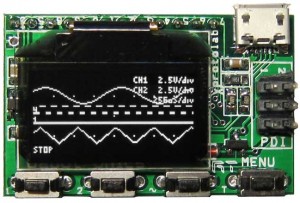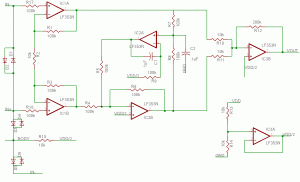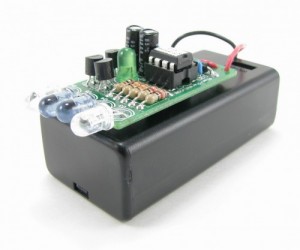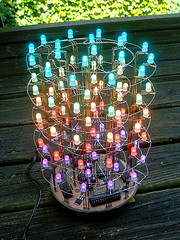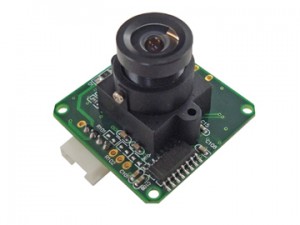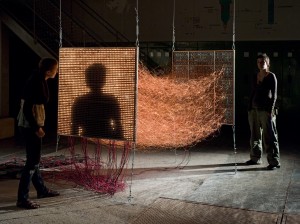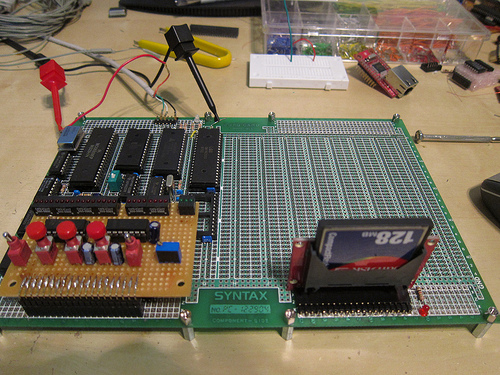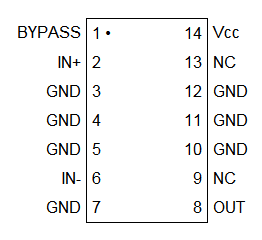Here comes another cheap oscilloscope… For only $30-$35 you get this ATXMEGA 32A4-based MHz two analog channel oscilloscope and waveform generator. A very small device with a 128×64 OLED display this looks like a great bargain.
Oscilloscope specifications:
- 2 Analog Channels, 8 Digital Channels
- Maximum Sampling rate: 2MSPS
- Analog Bandwidth: 320kHz
- Resolution: 8bits
- Input Impedance: 1MΩ
- Buffer size per channel: 256
- Max. Input Voltage: +/- 10V
AWG specifications:
- 1 Analog Channel
- Maximum conversion rate: 1MSPS
- Analog Bandwidth: 44.1kHz
- Resolution: 8bits
- Low output impedance
- Buffer size: 256
- Max. Output Voltage: +/- 2V
[ Go to Project ]
